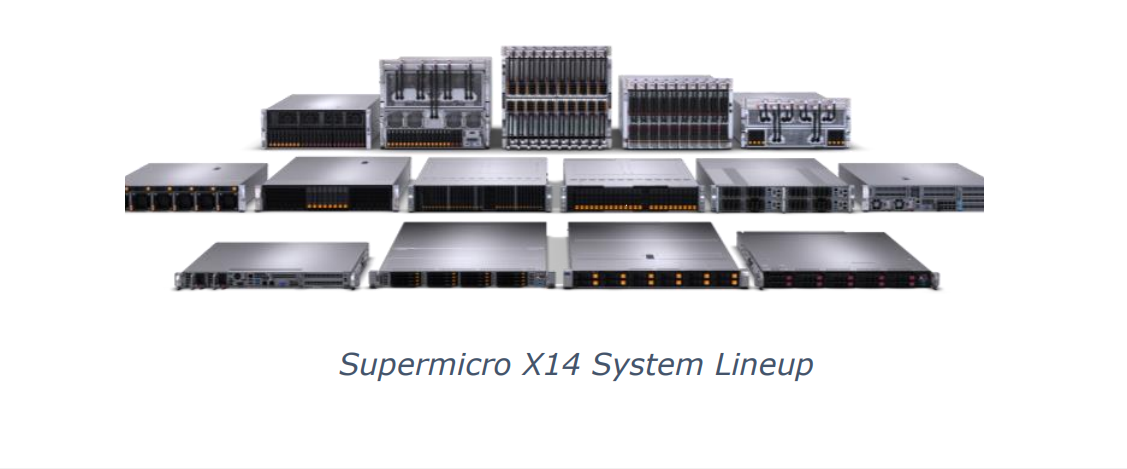Supermicro Systems with Intel® Xeon® 6 Series with E-cores and P-cores: What is the difference, And Why Does it Matter?

Supermicro servers with the Intel Xeon 6 processors are initially available in two (later four) configurations, each with multiple SKUs (cores, power, etc.) The two processor families differ in their target workloads, which differs from previous generations of Intel Xeon processors when all cores were equal on a given CPU family. These new processors are referred to as those designed for Energy efficiency (E-Cores) and those designed for maximum performance (P-Cores). Intel Xeon 6 family processors are not cross-compatible in the same system, i.e., E-cores and P-Cores cannot coexist in the same CPU or a combination in a dual, quad, or eight-socket system. Intel has designated the CPU lines as the Intel Xeon 6700E series and Intel Xeon 6900P series.

